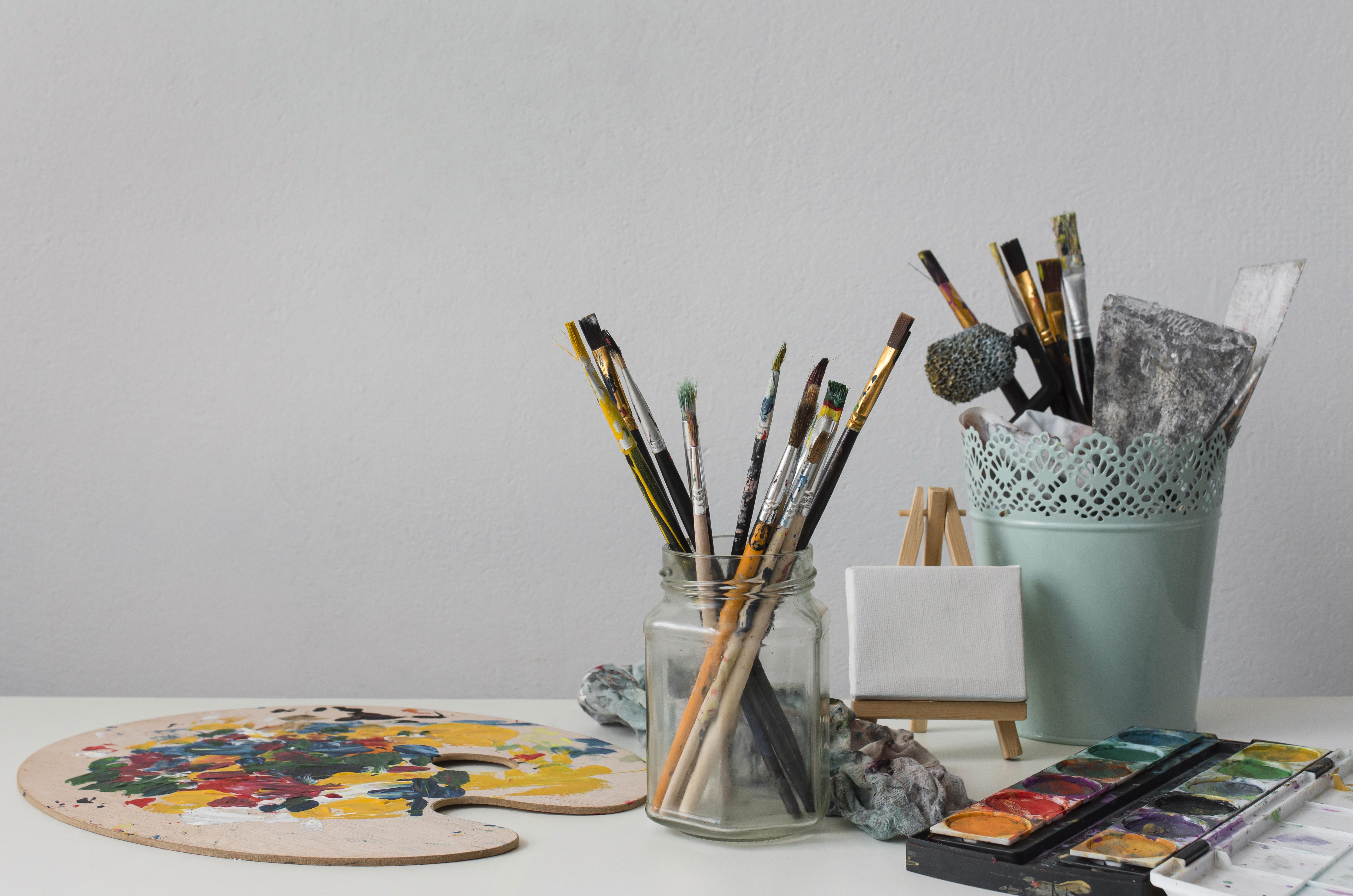How AI is Shaping Graphic and UI/UX Design

In the ever-evolving world of design, staying ahead of trends is crucial for professionals looking to make their mark. Artificial Intelligence (AI) has emerged as a game-changer, reshaping the landscape of graphic design, UI/UX design, and creative projects. This blog explores the transformative power of AI in these fields and offers insights into how designers can leverage this technology to enhance their work.
The Impact of AI on Graphic Design
AI tools have become invaluable for graphic designers, offering innovative solutions to streamline workflows and boost creativity. From automating repetitive tasks to generating complex design elements, AI is enhancing the efficiency and quality of design projects.
- Automated Design Tools: Tools like Adobe Sensei and Canva's AI features allow designers to quickly generate layouts, choose color schemes, and create graphics with minimal effort. These tools analyze existing designs to suggest improvements, ensuring consistency and professional quality.
- AI-Driven Design Trends: AI helps identify and predict design trends by analyzing vast amounts of data from the internet. This allows designers to stay ahead of the curve and incorporate the latest styles and preferences into their work.
- Personalized Design: AI can analyze user data to create personalized design experiences. For instance, it can tailor marketing materials to individual preferences, increasing engagement and conversion rates.
Revolutionizing UI/UX Design with AI
User Interface (UI) and User Experience (UX) design are critical components of digital products. AI is playing a significant role in optimizing these aspects by making designs more intuitive and user-friendly.
- Predictive Analytics: AI can predict user behavior based on historical data, allowing designers to create more intuitive interfaces. This leads to improved user experiences and higher satisfaction rates.
- Voice and Gesture Recognition: AI-powered voice and gesture recognition technologies are becoming more prevalent in UI/UX design. These features enable hands-free interactions, making digital products more accessible and convenient.
- A/B Testing and User Feedback: AI automates A/B testing, analyzing user interactions to determine the most effective design elements. This helps designers make data-driven decisions and continuously improve their products.
Creative Projects Enhanced by AI
AI is not just a tool for efficiency; it's also a source of inspiration for creative projects. From digital art to interactive installations, AI opens up new possibilities for artists and designers.
- Generative Art: AI algorithms can create unique art pieces by learning from existing artworks. This has led to the emergence of generative art, where AI collaborates with artists to produce innovative and unexpected creations.
- Interactive Installations: AI-powered installations can react to viewer inputs, creating dynamic and immersive experiences. These projects blend technology and art, engaging audiences in new and exciting ways.
- Virtual Reality (VR) and Augmented Reality (AR): AI enhances VR and AR experiences by enabling realistic interactions and environments. Designers use AI to create more immersive and interactive digital spaces, pushing the boundaries of what’s possible in these mediums.
Conclusion
AI is undeniably transforming the fields of graphic design, UI/UX design, and creative projects. By embracing these technologies, designers can enhance their workflows, stay ahead of trends, and create more engaging and personalized experiences. As AI continues to evolve, its impact on the design world will only grow, offering endless possibilities for innovation and creativity.